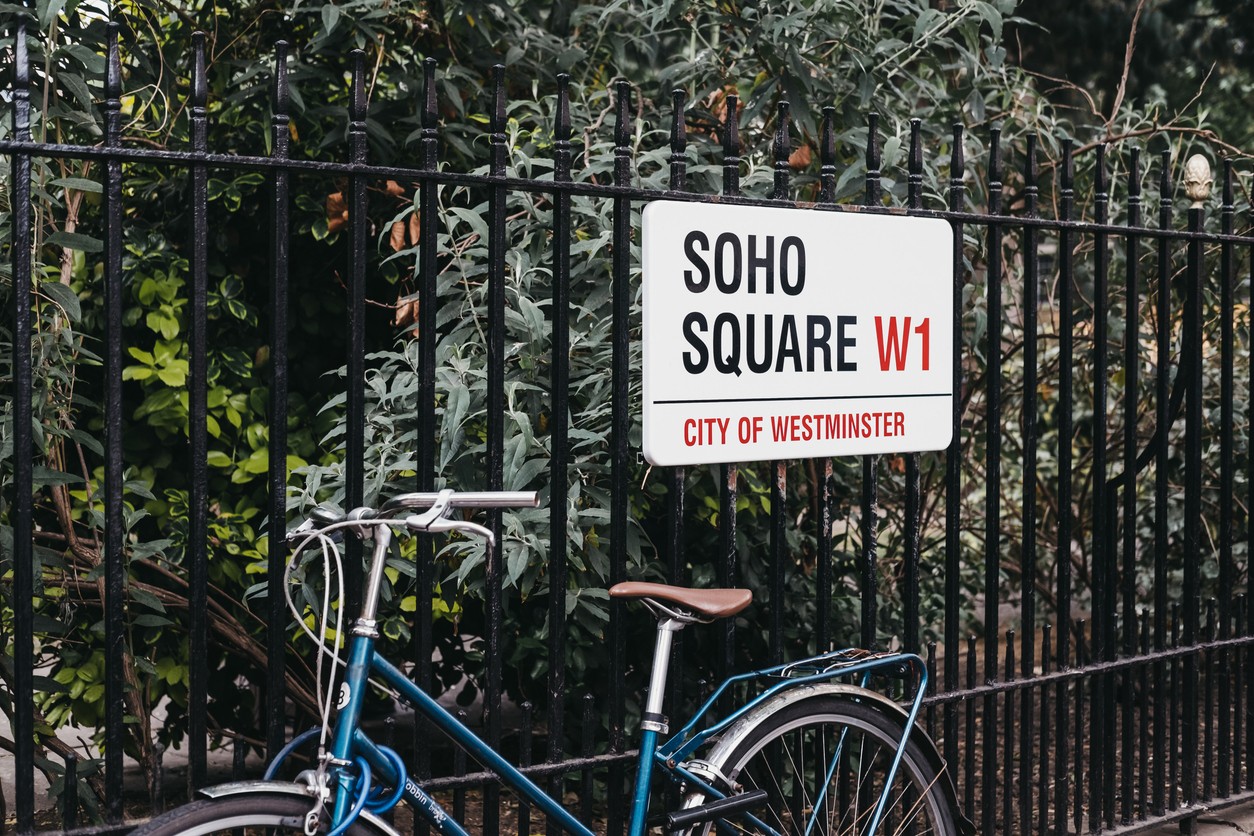Caught Short: Soho Toilet Study
- Since 2009, Soho has seen a reduction of 70% in the number of public toilet cubicles and urinals, while the number of alcohol licenses has risen by 34% over the same period
- Around 30 street fouling hotspots have been identified across the neighbourhood, with 77% of businesses and 64% of visitors saying that they have personally witnessed people urinating in Soho’s streets
- Westminster City Council spends in the region of £5-7 million a year on street cleaning in Soho to deal with the problem, and a further £240,000+ on temporary toilet provision
- As a result, 60% of visitors say public toilet provision is better in other cities, and 80% of businesses think the situation is damaging Soho’s reputation
The Soho Neighbourhood Forum has today unveiled a report highlighting the need for more public toilets in Soho. Caught Short: A Public Toilet Strategy for Soho has identified the impact of a reduction in public facilities over the past fifteen years, making the financial case for introducing more permanent toilets to the area.
The report, commissioned by The Soho Neighbourhood Forum and carried out by consultancies Orbitl and Crystal associates, found that Soho compares poorly against most major districts, cities, and countries in terms of public toilet provision. Based on a temporary population of 100,000 people – the approximate peak daytime visitor number for Soho – only 3 permanent public toilets are available. This is far lower than London as a whole at 17 per 100,000 people, and other locations like Paris (18), San Francisco (26), and Tokyo (53).
That lack of provision is having a marked impact on the potential sales for businesses in the district. Of the visitors surveyed, 27% indicated they would avoid going to the West End because of the lack of public toilets, and 80% of the 151 Soho businesses that responded said this was damaging the area’s reputation. Those most impacted are the 14 million UK residents on the disability register, the 10 million people classified as being ‘urgent WC users’, the elderly, and women. 90% of those with a condition that makes them more likely to need the toilet plan journeys based on access and availability, meaning businesses are losing out on ‘purple pound’ and ‘grey pound’ spending power, and it is estimated that alleviating concerns about toilets could be worth an additional £4.9 million a year in revenue for Soho. It is also estimated that public outdoor urination and defecation costs Soho businesses £300,000 a year in staff costs for cleaning.
Should appropriate investment go into creating more toilet facilities in Soho, the financial returns are expected to significantly outweigh the cost of implementation. The report recommends the installation of seven new facilities to create an appropriate accessibility level, at an initial investment of £634,000 and per annum running cost of £95,000, which could be offset in the first year by removing the cost of maintaining temporary urinals and ‘portaloos’, and increased visitation to the area. This is supplemented by research from people and place experts CACI, finding that visitors to a destination spend 26% more when they consider the toilet facilities to be top quality.
Lucy Haine, Chair of The Soho Neighbourhood Forum, commented: “There are three key elements behind our belief that Soho really needs to up its game in terms of public toilet accessibility – discrimination, reputation, and lost income. Soho is rightly one of the most famous locations anywhere in the world, and the income it generates for London and the UK more widely makes it absolutely critical for the economy. However, a reduction in toilet facilities means it’s being overtaken, effectively telling millions of people that they shouldn’t visit for fear of not being able to find a loo in time – and impacting businesses and jobs that rely on Soho’s reputation. The temporary toilets do more harm than good, costing far more than they’re worth and only really helping out able-bodied men. Better facilities, spaced throughout the district and clearly signposted, will deliver a better experience for visitors to Soho, encouraging more people to come here and spend their time and money, something we have to fight for.”
END

